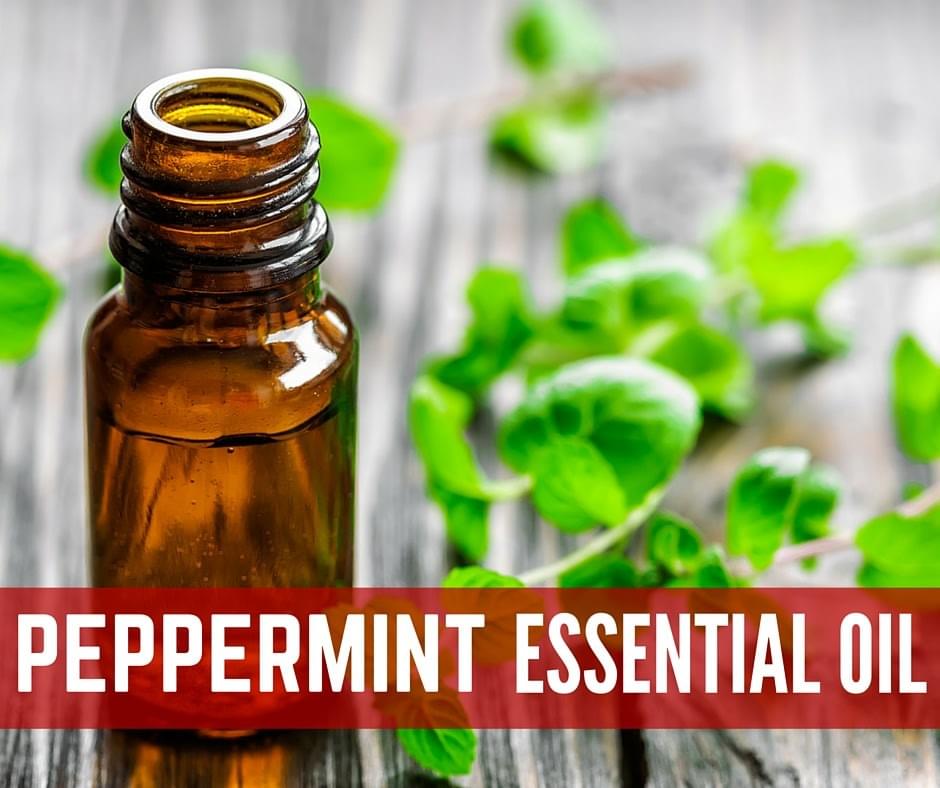
The peppermint plant is actually a hybrid of watermint and spearmint and was first described by Carl Linnaeus in 1753. A high menthol content — like that found in this Peppermint Essential Oil — distinguishes the best quality Peppermint from other products.
• Helps reduce bloating, gas, and occasional indigestion.*
• Promotes healthy respiratory function and clear breathing.*
• Commonly found in oral health products.
PRACTICAL USES:
• Apply topically to relieve feelings of tension.
• Diffuse when feeling fatigued or low on energy.
• Blends well with Lavender for a soothing massage blend.
• Rub on temples after you wake up for a morning energy boost.
• Place one drop in your mouth to help freshen breath.
• Add two to three drops to your favorite smoothie recipe for a refreshing twist.
• Place one drop in palm of hand with one drop Wild Orange and one drop Frankincense and inhale for a mid-day pick-me-up.
• Take one to two drops in a Veggie Capsule to alleviate occasional stomach upset.*
• Add to cold water compress or foot bath to cool off when overheated.
• Inhale for a non-stimulant, invigorating pick-me up on long drives.
• Add to shampoo or conditioner for a stimulating hair massage.
• Repels bugs naturally.
• Spritz around windows and doors.
• Diffuse during study-time.